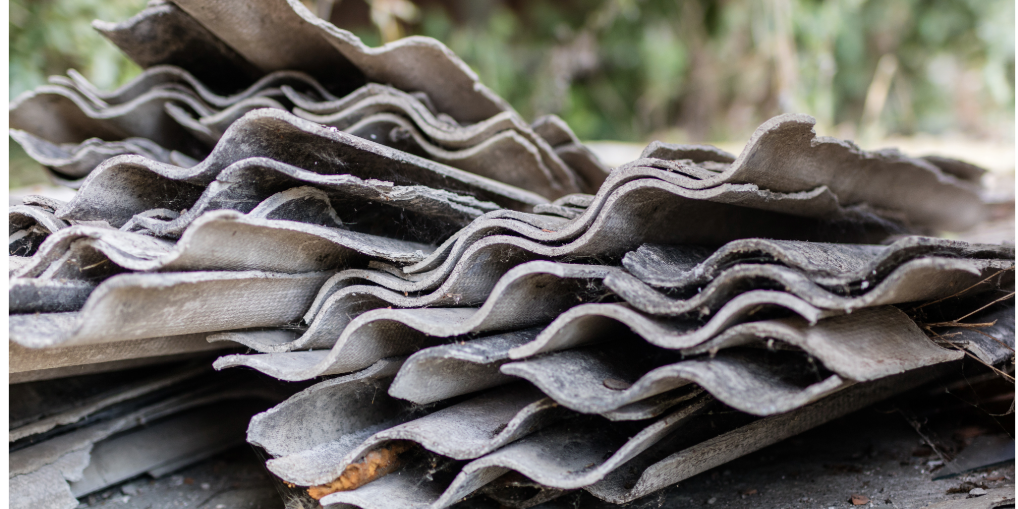Asbestos was once hailed as a “miracle material” due to its durability, fire resistance, and insulating properties. However, we now know the severe health risks it poses, including asbestosis, lung cancer, and mesothelioma. While its use was banned in the UK in 1999, asbestos-containing materials (ACMs) remain present in many homes built before this time.
1. Roofing and Insulation Materials
Asbestos was widely used in roofing materials, including corrugated sheets, roof tiles, and guttering. It’s also common in loft insulation products, such as asbestos cement or sprayed coatings applied for fireproofing. If you’re inspecting your roof or planning repairs, be cautious, as disturbed asbestos can release dangerous fibres into the air.
2. Ceilings
Textured coatings, like Artex, were popular for creating decorative ceilings. Many of these coatings contained asbestos to enhance durability. If your home has popcorn or stippled ceilings, especially from the 1960s–80s, it’s worth having them tested before undertaking any renovations or sanding work.
3. Floor Tiles
Vinyl floor tiles and adhesives used for flooring in older homes often contained asbestos. The tiles themselves may not release fibres unless damaged, but disturbing them during removal can pose a significant risk. Subfloor layers or backing materials might also hide asbestos.
4. Pipe Insulation and Boilers
Asbestos was a common material for insulating hot water pipes, boilers, and heating ducts. It was used to maintain energy efficiency and prevent fire hazards. If you spot old, white, or grey insulation material around your pipes or boiler, it’s worth investigating further with a professional survey.
5. Wall Panels and Cladding
Asbestos cement boards were frequently used for internal wall panels, cladding, and even soffits. These materials were valued for their fire resistance and durability. Homes with extensions or older garage constructions are particularly likely to contain these materials.







